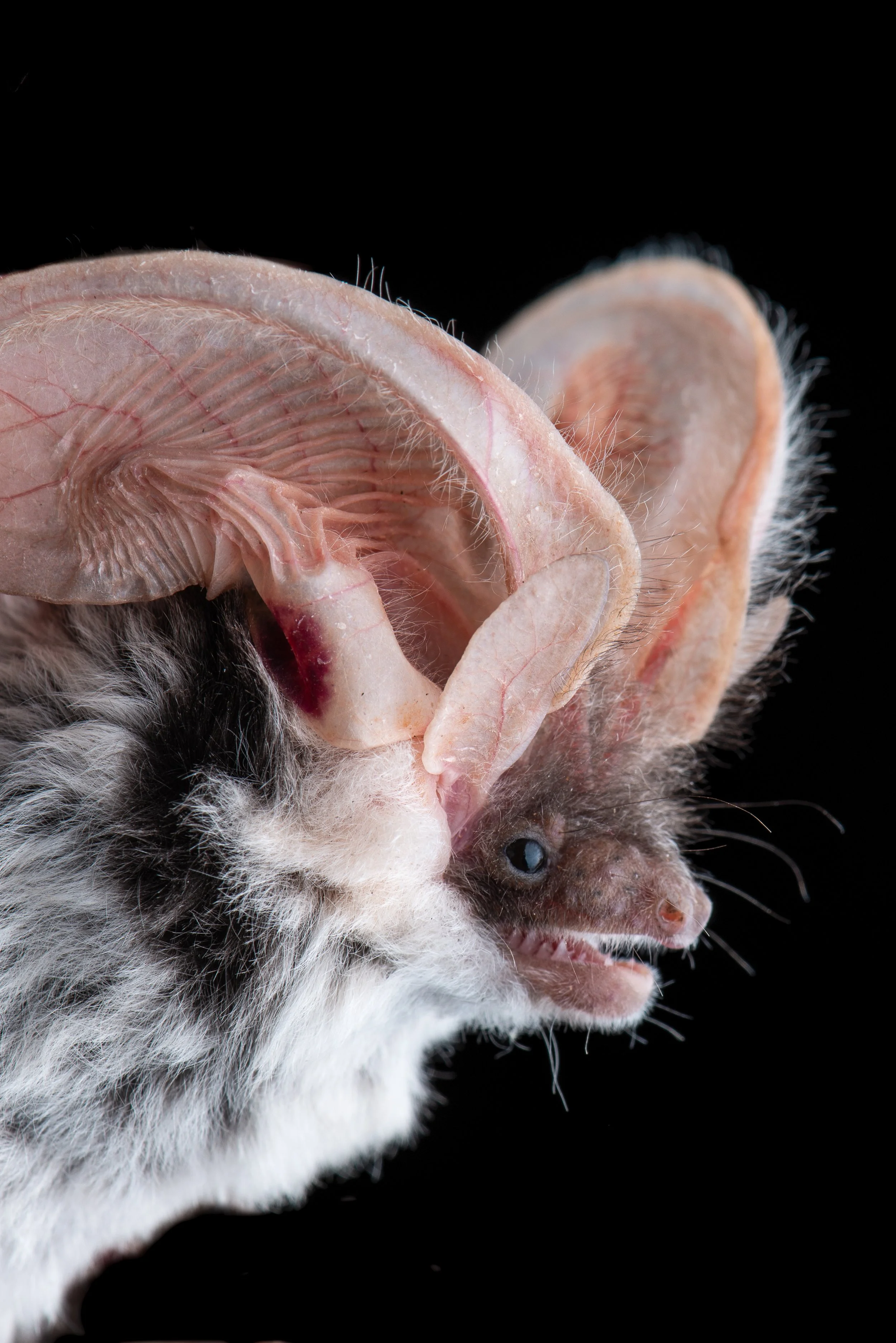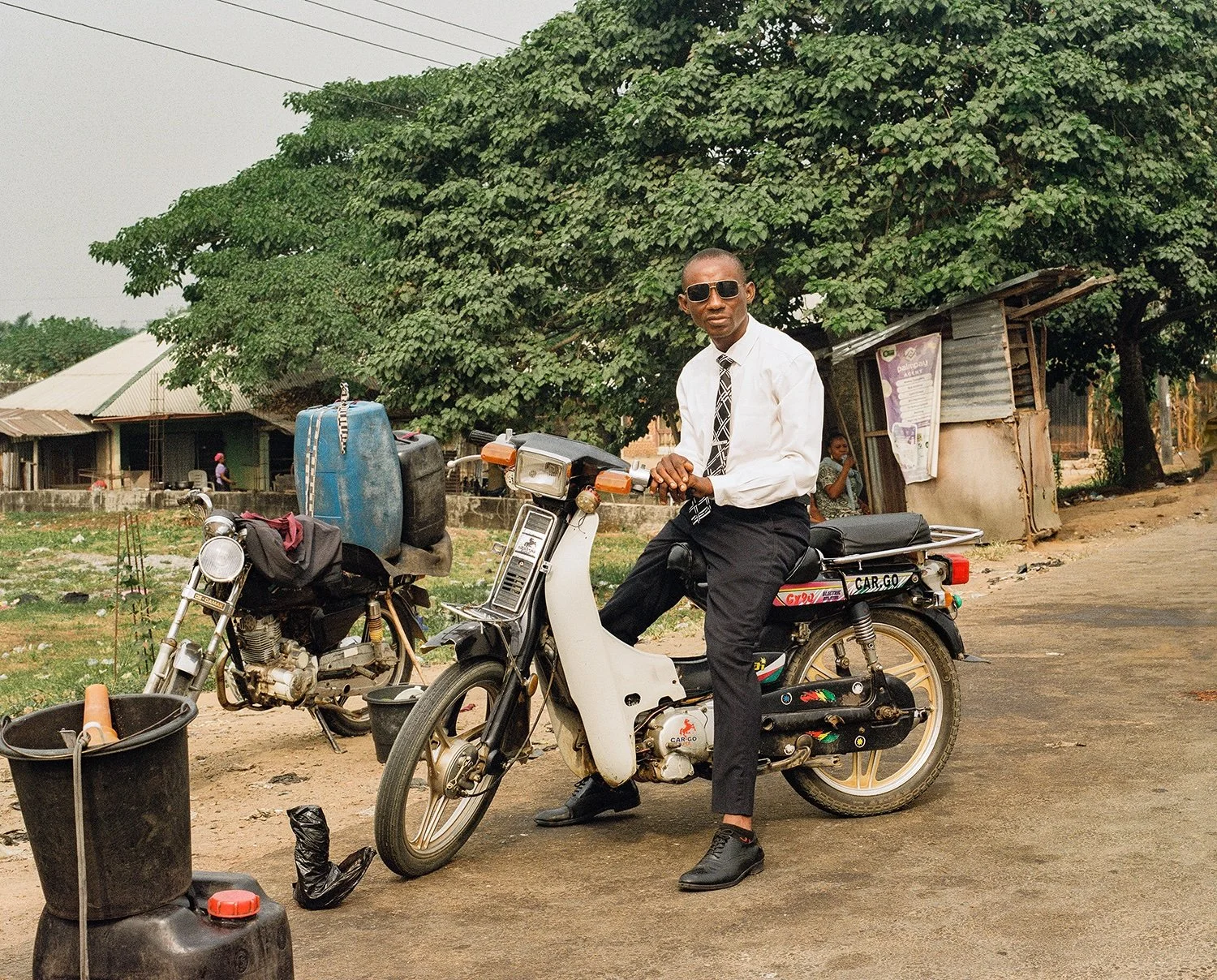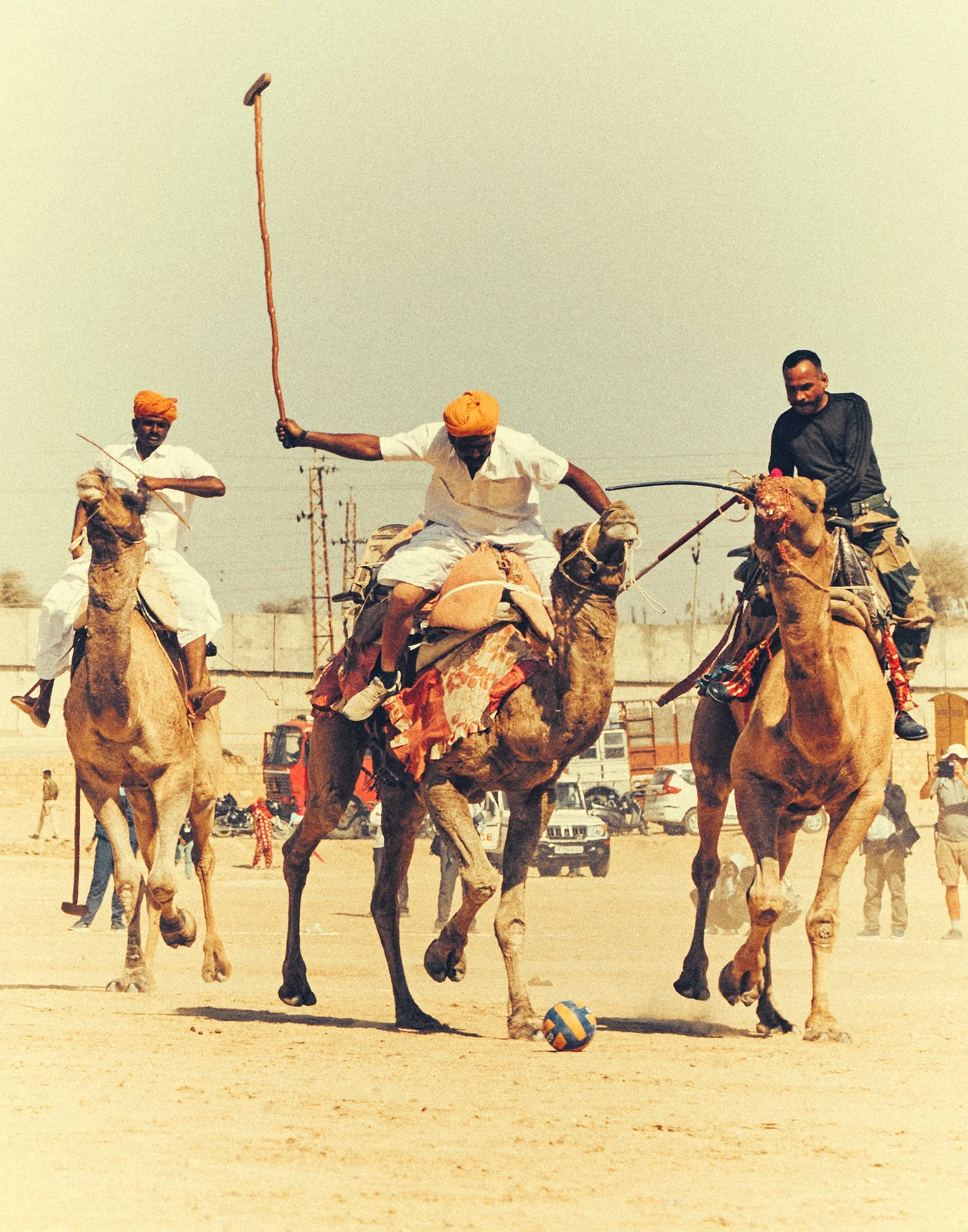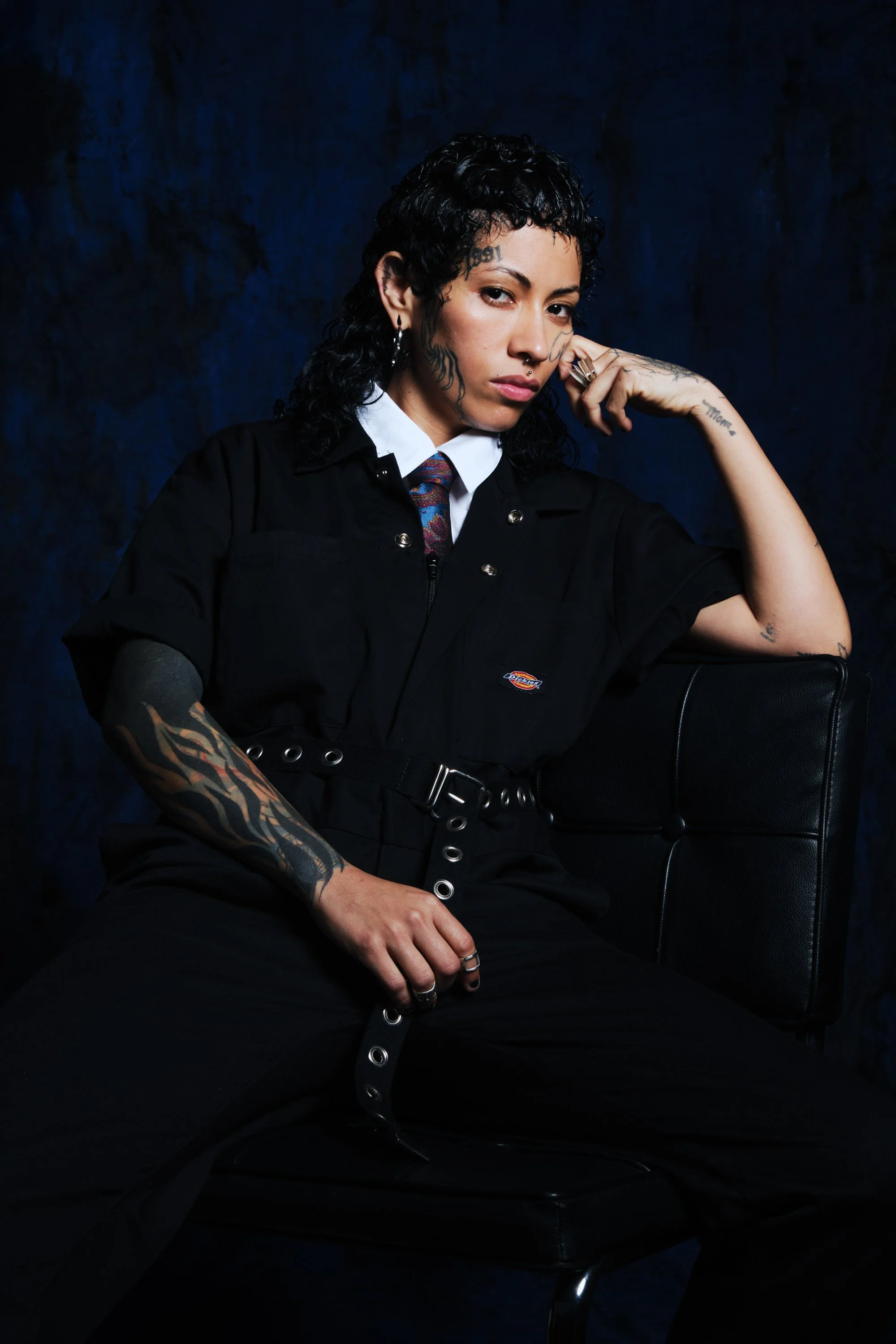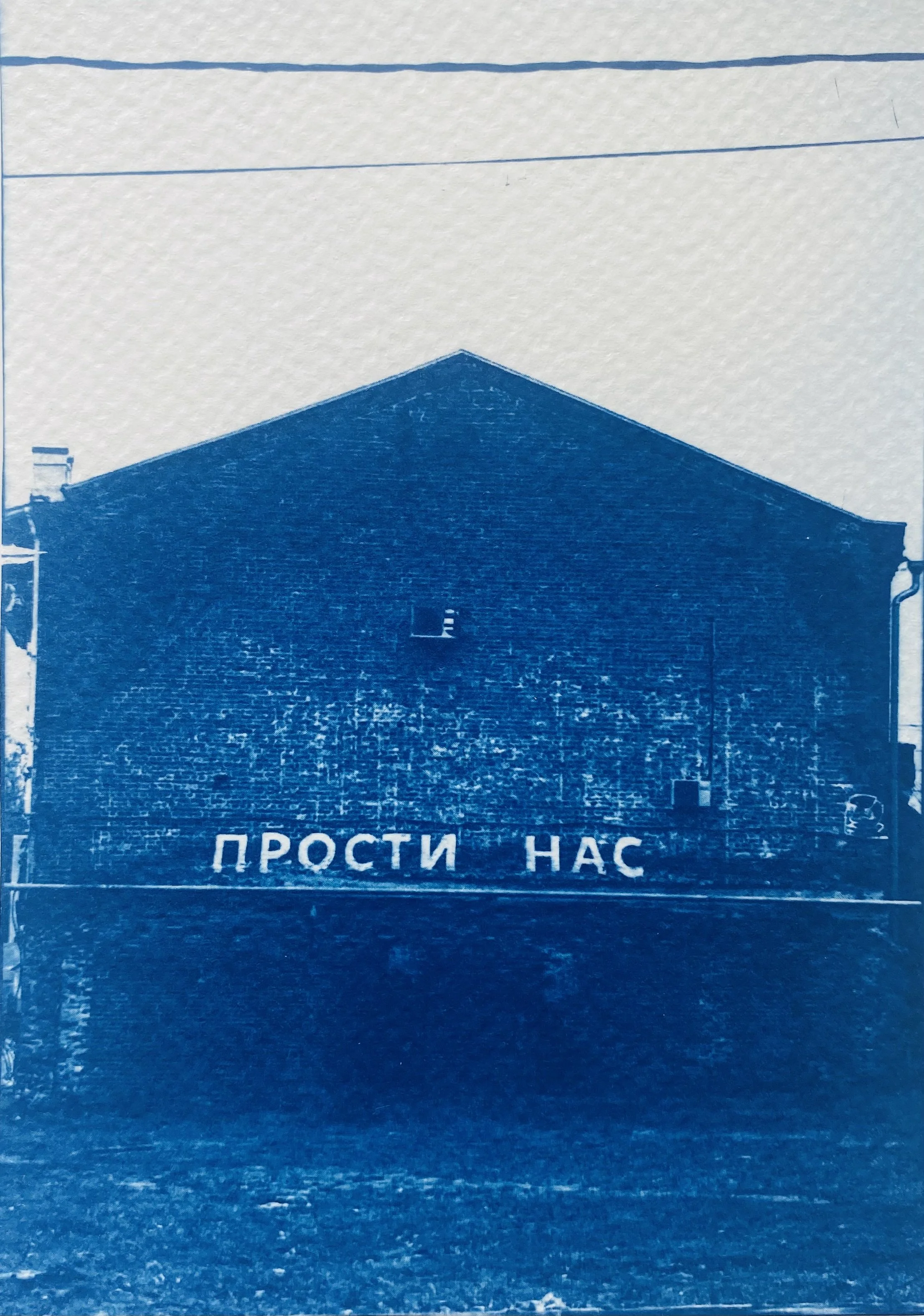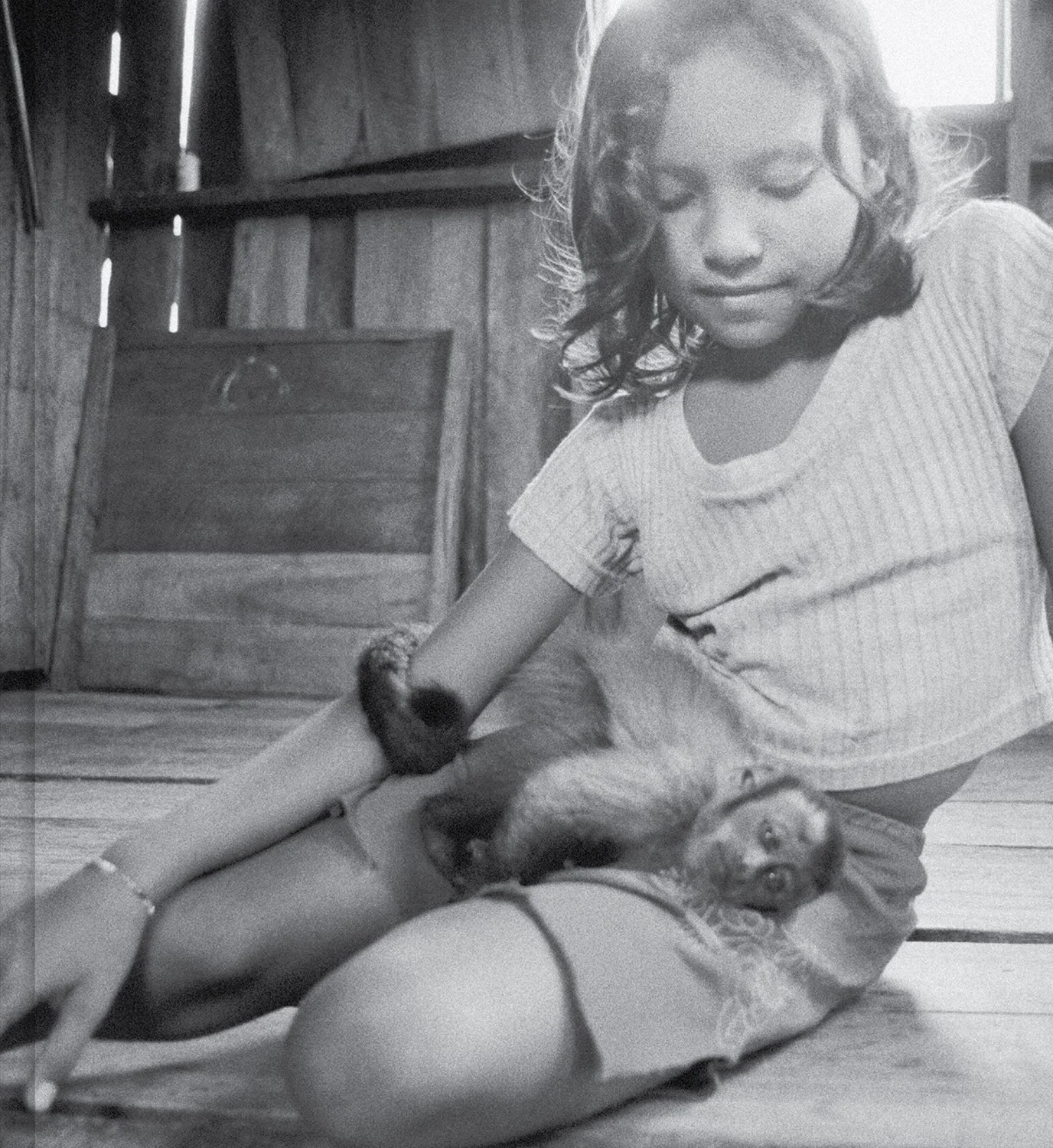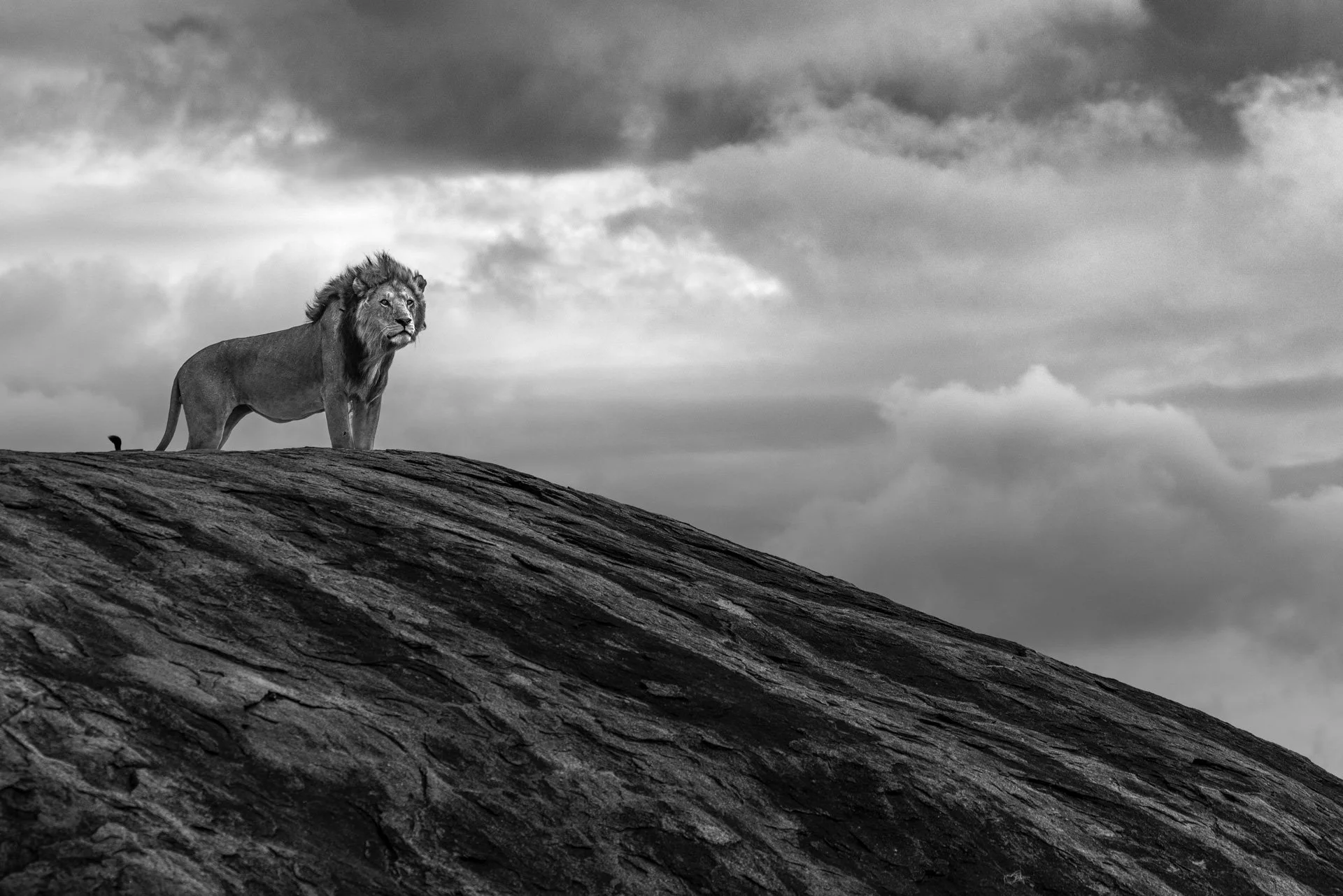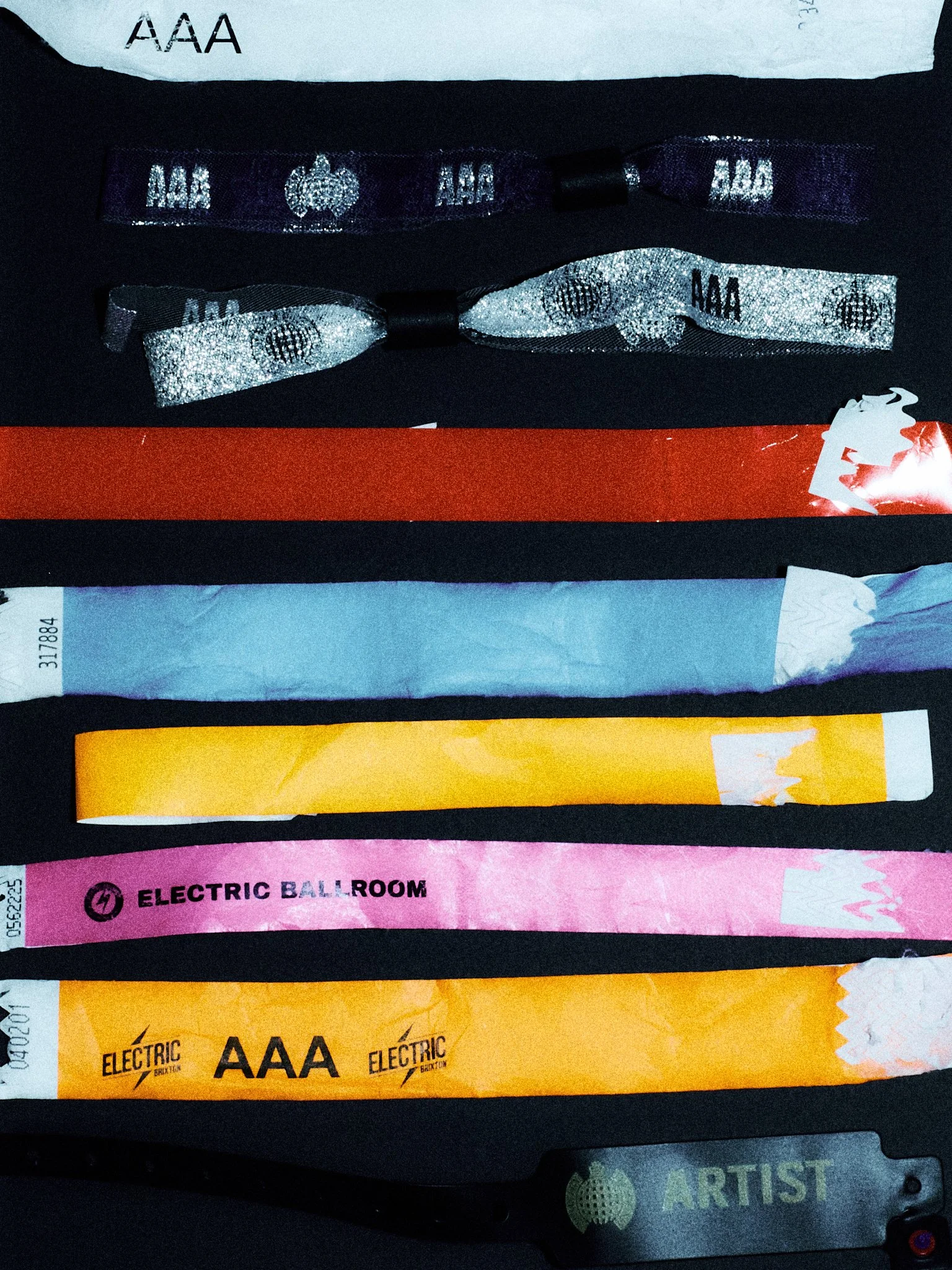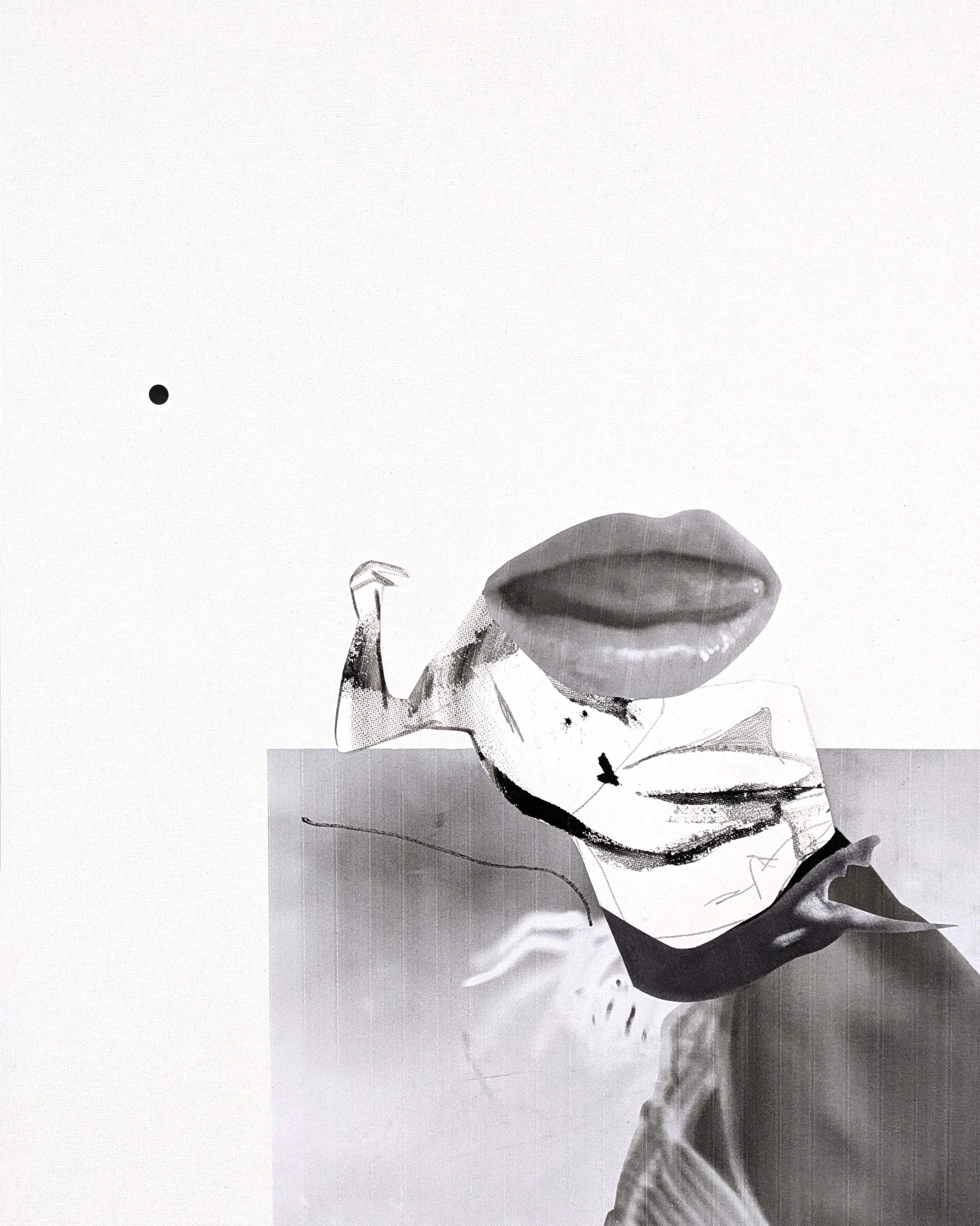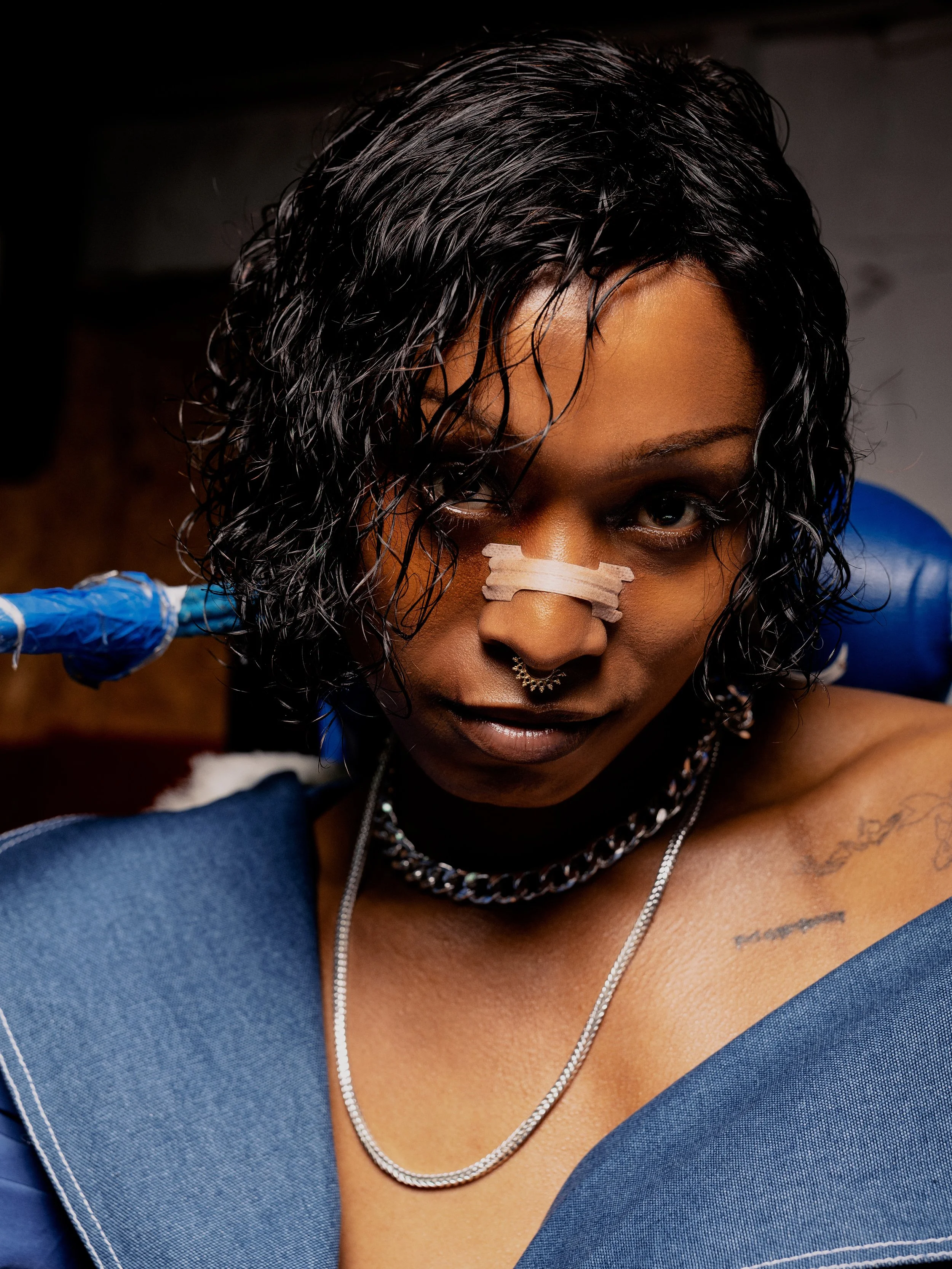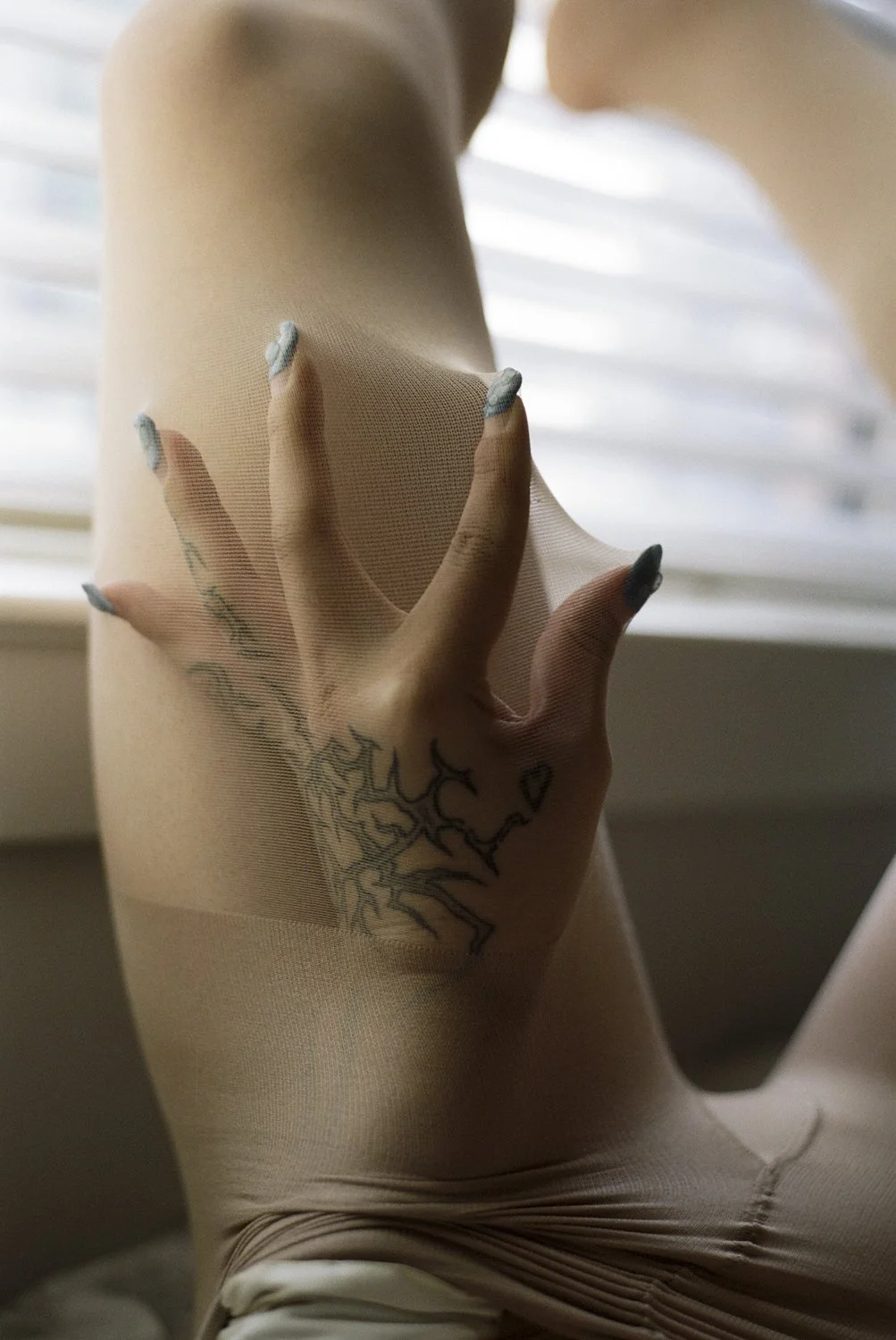Colourway –Interview with Sophie Hustwick
Colourway is an account of ten years of life across the United Kingdom and the United States, as seen through the lens of Sophie Hustwick. In this diaristic sequence of photographs, everyday natural scenes are imbued with Sophie’s eye for colour.
Interview ZERO.NINE Photography Sophie HustwickHello Sophie, Thank you for taking the time to talk to us about your book Colourway. Your work always incorporates a very distinctive palette – what does colour mean to you?
Thank you! Funnily enough, I wasn’t always into colour. I initially started off using black and white film but after researching the great pioneers of colour photography and growing out of that troubled teen phase, I learnt what a powerful part colour plays in evoking emotions. Now my eyes are so completely stimulated by it that it has become my method of working. It directs how I compose an image and helps to build a narrative, it becomes a subject within itself.
More specific – let’s talk about Pink. Pink is very prominent in your work. It is often associated with qualities such as feminine, softness, kindness, nurturance and compassion as well as love and romance. Would you agree with this and what does Pink mean to you?
Again, I used to despise the colour pink! I guess because colours have had such set connotations linked to them, like with the whole gender binary of blue-for-boys, pink-for-girls, I felt like I couldn’t like it, and if I did, it would suddenly make me a Barbie. Over the years, it has slowly become more androgynous, and both the symbolism and significance have changed. It pops up a lot in 80s art deco, which I love, and it usually provokes exceptionally-strong feelings of both attraction and repulsion, which I also love.
You said that the images in Colourway have been taken over the last 10 years. Why did you decide that now is the right time to compile the work into a book?
I had been meaning to produce a book for a long time, and when Covid hit, it seemed the perfect time for me to put all my focus into a project. I noticed a lot of other creatives were producing more printed work as I think with not being able to leave the house, we needed something to stimulate our minds. When it came to compiling all the photographs, I noticed the earliest shot got taken in 2010, and the most recent was in 2020, so what better way to mark 10-years of work.
Did you find it challenging to come to a final selection and layout of the book? How did you approach this?
Oh completely. I would jump out of bed in the middle of the night and rearrange the whole thing. It drove me crazy. Some images I would have loved to have included, but sadly they just didn’t work. I wanted each image to feel strong individually and only be complemented by its pairing, rather than reliant. The book starts off with the image of the plane window because that is the only shot between the two countries. Then the book leads through day-to-night. That's what links the sequence, and of course, the colour palettes.
“My eyes are so completely stimulated by it (colour) that it has become my method of working.”
It’s a beautifully designed book and has very details (is that a piece of film on the back of each book?) How important was the production and design of the book for you?
Thank you for saying so! It originally started as a small zine in March 2020, but I decided with it being a collection of my favourite work, that a coffee table style book would be the perfect place for the images to call home. I tried so many different places, but quality control was proving a huge issue, so I knew I needed somewhere local where I could be hands-on. The film on the back is a scan of the negative of the front image, and then once printed, the sprockets were cut out using a Velo Blade digital die cutter.
You said that is this is the most vulnerable you have felt about a piece of work. Tell us why that is – what makes these images so personal?
I think I felt vulnerable with it being all my favourite work in one place. I wanted to make the overall design simple but stand out. Something that made people look twice and come in closer to notice all the details. Also, the sheer amount of time, tears, sleep, money and sanity it had drained from me- any creative would have a meltdown if it wasn’t well received.
It seems that most of your work has been shot on film. Has Digital ever been an option for you?
I only ever use digital for paid work rather than anything personal and it’s not something I would post. I feel like film naturally blends light and colours better. Digital camera sensors are made up of millions of tiny squares that give us an image and film isn't split up in such a linear way. I recommend anyone interested in photography to start with film because it teaches you a discipline that digital can’t. You think about the frame way more, and personally, with being a perfectionist, I think it is healthy to have that little break to disengage before seeing a shot again.
The images in Colourway have been shot in the UK and US. Do you have a favourite place to take pictures?
This will probably sound strange to British people, but I drew a lot of comparisons between Scarborough, UK and Venice Beach, US. They’re both so loud, tacky and kind of stuck in this weird time warp. I’d say they are both high up on the list for places I love to photograph.
What books, films and photographers inspire you?
At university, I spent a lot of time in the library looking into the work of early pioneers of colour photography, this is when I fell in love with the work of artists such as Fred Herzog, Martin Parr, Stephen Shore, Vivian Maier and William Eggleston. I took a lot from Henri Cartier-Bresson's book, The Decisive Moment, which contained an essay by Clément Chéroux. It taught me I must be able to anticipate an important moment within the constant flow of life and capture it in a fraction of a second. Of course, when it comes to film directors, there is an endless list of talent, but the work of Wes Anderson, Wong Kar-wai and David Lynch has always been an inspiration to me.
Colourway has been so well received by your fans the photo community. What have you planned next?
I’m still catching up on sleep from getting out the initial bulk of book orders and I wouldn’t want to dilute it in anything else. I am already starting to miss the process though, as it has consumed my focus for the past two years. If I’m still around maybe I’ll do a collection of work of the next ten years!
About Sophie
She is a British-born 35mm film photographer. I do not limit myself to a particular subject matter – you can identify my collective body of work by a vibrant colour palette, mindful composition and an embrace of imperfections.
To see more of her work, visit her website or follow her on Instagram













